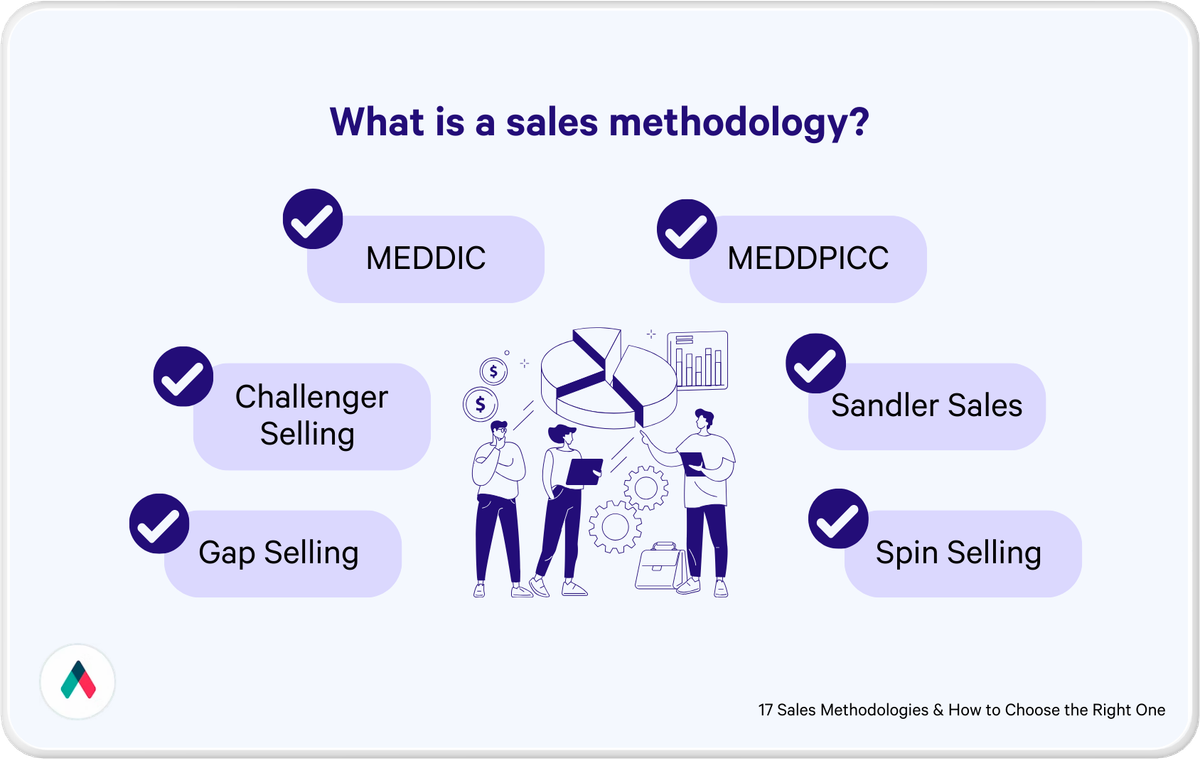Have you ever considered how strange it is that we still refer to our mobile devices as “phones.” Technically, they are, but they do so many other things at this point. In fact, one study even found that making a call doesn’t land on the list of top 10 uses for a cell phone.
Just as cell phones have advanced greatly over the past 20 years, so have sales documents. Once upon a time the sales pamphlet reigned king. Though they still exist, just as landline phones do, they’re clearly antiquated technology.
With that in mind, in this article we cover how sales documents have evolved over time and how updating your sales documents could improve your business.
Paper documents
One of the first widely circulated sales documents were seed catalogs, which started being published around 1667. Not dissimilar to the catalogs we still see today, they simply listed out different seeds and the cost to purchase each type. Though these catalogs set a standard price, they were really only informational in nature.
However, in 1774 Benjamin Franklin took the catalogue idea and expanded on it to create the first mail-order business. Not only did he list prices, people could also actually order the product using the same document. That change sparked an entire industry that still exists to this day.
As printing got more sophisticated, so did the catalogues. People spent time to make them more attractive as to stand out amongst their competition. There were also different types of paper materials added to the mix over time such as pamphlets and “one-pagers” that salespeople could leave with businesses, and potential customers. It’s a practice that still exists to this day.
Though there are many who still print catalogues, they actually peaked in production in 2007. Know what else happened in 2007? Apple released the first iPhone.
PDFs
Though the internet initially became available to the public in the 80’s, it wasn’t until the 90’s that it started to have more widespread use. The PDF was first introduced in 1993 by Adobe. At the time, it was a huge innovation.
Now people were able to send a digital version of a print document. This made sending things like sales documents and contracts much faster because there was no longer the need to mail a physical copy. At the time the only way to access the internet was on a desktop computer, so that’s what the PDF was optimized for, which remains largely true to this day.
Another advancement of the PDF was the ability to not only view, but also edit the digital document. Over time those capabilities have become more robust to include a number of features, but it is still a static document.
As more internet-connected devices, such as smartphones and tablets, started showing up the PDF wasn’t able to transition so well. For example, you can’t have a PDF automatically resize to fit a smaller screen. There were also other issues like contract signing.
In most cases, someone would still need to print out a PDF, sign it, then scan it back in to execute a contract. That deficiency led to another advancement in sales documents. E-sign.
E-sign
Starting in the late 90’s Adobe introduced the ability to digitally sign a document. Also, by then there were laws put in place that allowed digital signatures to be recognized as legally binding. However, it wasn’t until the early 2000’s that e-sign started to become more mainstream.
The company that drove most of the adoption for e-sign was DocuSign, which started in 2003. Their product allowed people the ability to send, and sign, a contract completely online. With the internet becoming more available, and companies doing more business globally, it made a lot of sense to have a digital way to execute a contract.
However, similar to a PDF, what they really accomplished was digitizing a paper format. There wasn’t much in the way of changing how someone interacted with a document, per se. The ability to save a signature, or simply type your name to sign was a different buyer experience, but hardly transformative.
The true leap forward in sales documents was the introduction of smart document systems.
Smart document systems
By combining multiple technologies, and adding in some new capabilities, smart document systems build on previous advancements to create a totally new experience. It’s not only a new experience for the person viewing the document, but also for the person creating the document.
Since smart document systems leverage the same technology as site builders like Squarespace, the creation process is much faster by utilizing things like templates and saved content. In fact Qwilr–a pioneer in smart document systems–customer Archistar reports being able to make documents in half the time it used to take using more conventional methods. There’s also the ability to include other web-based items like videos, and forms to make even more engaging proposals.
Another advantage is the ability to update the page in real-time. Since documents are live links, it means in order to see a change the viewer simply needs to refresh the page. That means terms, or information, can be updated quickly and easily. Finally, there’s also the ability to pay within the document. Another measure that saves time and hassle for everyone involved.
Innovations like the PDF and e-sign are what made smart document systems possible. Moving into the future, combining those features, and including some more robust ones, is simply the next logical step in the evolution of sales documents.
Conclusion
Advancements in technology have changed so much about how we interact with the world around us. Sometimes those advancements happen by introducing totally novel technology, but more often it happens through slow advancement of the tools we already use.
Just as the phone evolved over time, so have sales documents. Starting with the humble pamphlet, which eventually led way to the PDF, e-sign capable documents, and now, smart document systems. If you’re ready to make a meaningful update to your sales documents, a smart document system is the next logical step.


